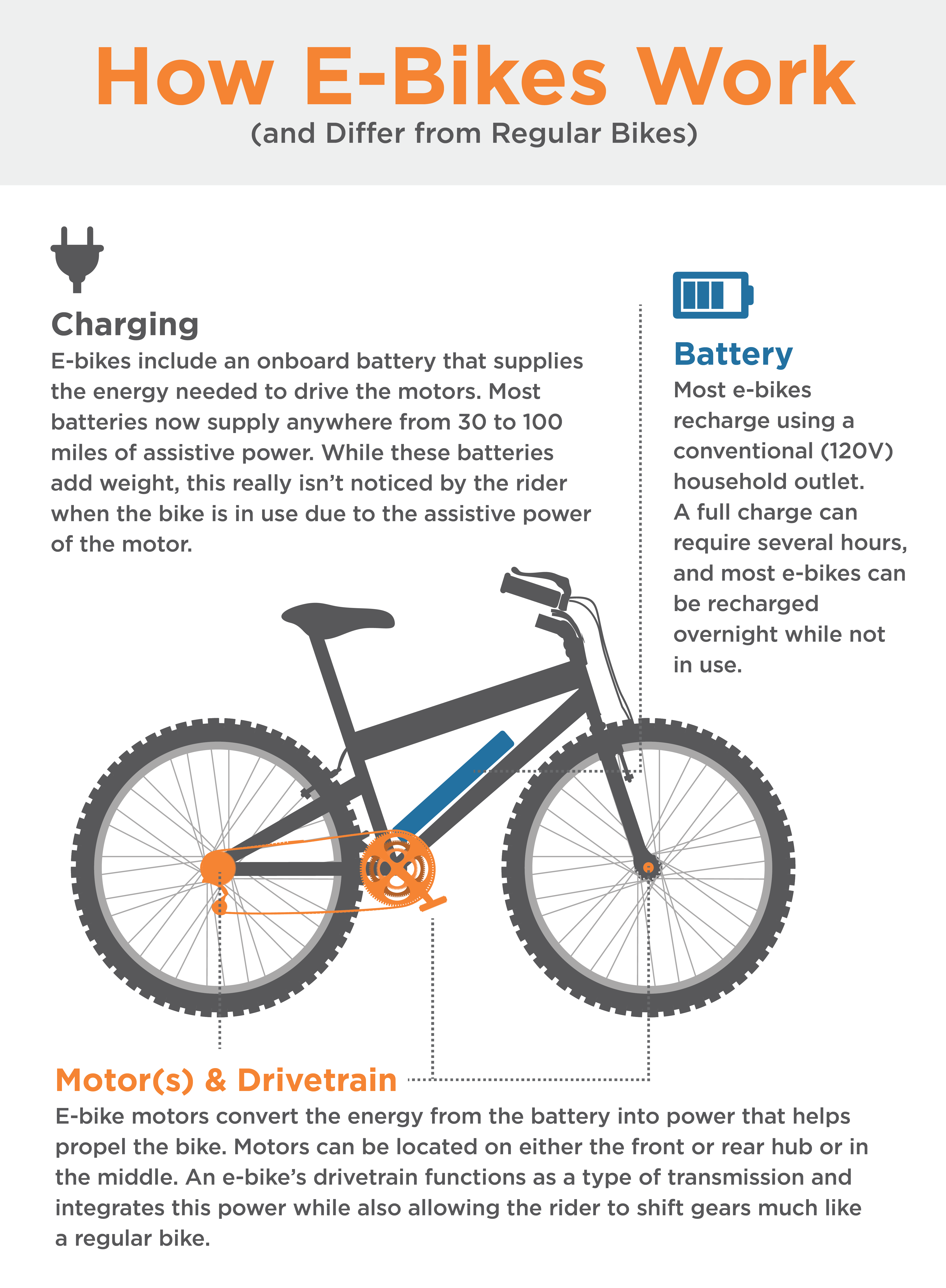Checking Out E-Bike Types: What Each Classification Represents
Checking Out E-Bike Types: What Each Classification Represents
Blog Article
Published By-Middleton Velazquez
If you're thinking about acquiring an e-bike, understanding the various courses is key in making an educated choice. You might be surprised at how each course provides special attributes that deal with numerous riding choices and lawful needs. From pedal-assist choices to throttle-controlled designs, each class has its advantages. So, prior to bicycles beach cruisers choose the perfect e-bike for your demands, it's vital to comprehend the differences in between Course 1, Course 2, and Class 3 e-bikes.
Course 1 E-Bikes
Course 1 E-Bikes are defined as pedal-assist electric bicycles that offer support only when you pedal, discontinuing to do so once you get to 20 miles per hour. These bikes are excellent for those seeking a little extra boost while still intending to obtain some workout. Class 1 E-Bikes provide a smooth shift in between pedaling and electric support, aiding you conquer hillsides and cross countries effortlessly. The motor begins as quickly as you begin pedaling, supplying a natural and uncomplicated trip experience.
Among the vital advantages of Course 1 E-Bikes is that they're enabled on most bike paths and tracks where typical bikes are allowed. This suggests you can explore brand-new routes and take pleasure in the great outdoors with no restrictions.
Furthermore, these bikes are green and use a lasting mode of transport, minimizing your carbon impact while still obtaining you to your location effectively.
Class 2 E-Bikes
Going on from the pedal-assist characteristics of Course 1 E-Bikes, Course 2 E-Bikes introduce a new element into the electrical bike realm. These e-bikes include a twist throttle feature, allowing you to ride without pedaling whatsoever. With why not look here , you have the alternative to simply engage the throttle and allow the motor do the work, thrusting you forward effortlessly.
Class 2 E-Bikes are perfect for bikers who may require a break from pedaling or need aid when starting from a full stop. This attribute makes them specifically appealing for individuals with limited mobility or those that want a more leisurely riding experience.
Nonetheless, it's important to keep in mind that Course 2 E-Bikes are still regulated by a speed limitation of 20 miles per hour, making sure safety and security and conformity with policies.
Course 3 E-Bikes
For cyclists seeking a more vibrant electric cycling experience, Course 3 E-Bikes deal enhanced speed and efficiency contrasted to their Course 1 and Course 2 counterparts. Class 3 E-Bikes are referred to as "speed pedelecs" and can get to speeds of approximately 28 miles per hour, supplying a thrilling ride for those seeking an added boost. These bikes come outfitted with a pedal-assist system that starts when you start pedaling, making it simpler to keep greater rates with less initiative.
One vital feature of Course 3 E-Bikes is that they aren't limited to bike lanes only; they can also be used on roads where the rate limit is 30 miles per hour or reduced. This flexibility enables riders to navigate through traffic much more successfully while still delighting in the benefits of electric aid.
Nevertheless, it's vital to remember that some areas may have specific policies relating to making use of Class 3 E-Bikes, so always examine neighborhood legislations before hitting the road.
Verdict
So, now that you recognize the distinctions between Course 1, 2, and 3 E-Bikes, you can make an educated choice on which kind best suits your needs. Whether you choose pedal-assist, throttle feature, or higher speeds, there is an E-Bike class available for you. Bear in mind to consider your neighborhood laws and personal preferences prior to making your selection. Delighted riding!
